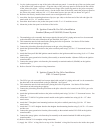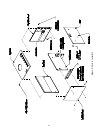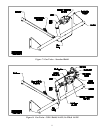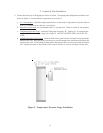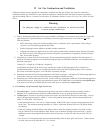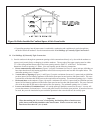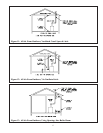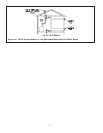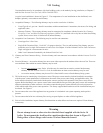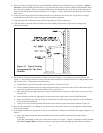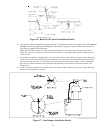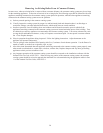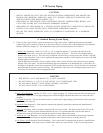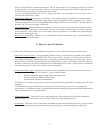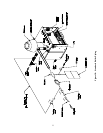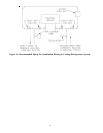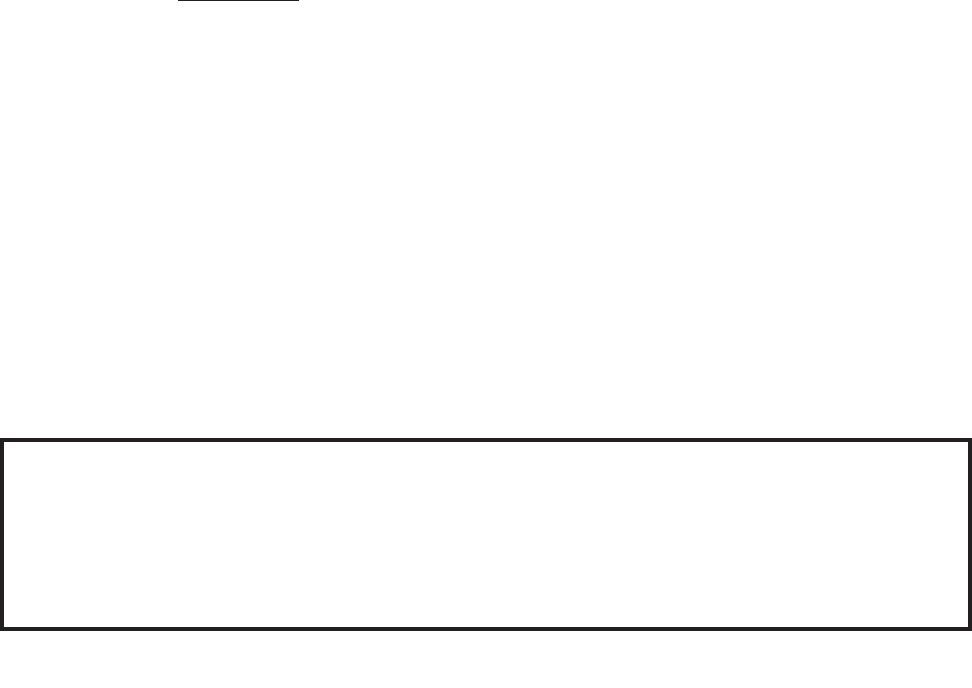
19
17
VII Venting
Vent installation must be in accordance with local building codes, or the authority having jurisdiction, or Chapters 7
and 10 of the National Fuel Gas Code, NFPA 54/ANSI Z223.1.
A typical vent installation is shown in Figure 15. The components of a vent installation are the draft hood, vent
damper (optional), vent connector and chimney.
1) Acceptable Chimneys - The following chimneys may be used to vent Series 16 boilers:
• Listed Type B or L gas vent - Install in accordance with the manufacturer’s instructions, the terms of its listing, and
applicable codes.
• Masonry Chimney - The masonry chimney must be constructed in accordance with the Standard for Chimneys,
Fireplaces, Vents, and Solid Fuel Burning Appliances (NFPA 211) and lined with a clay liner or other listed lining
system. Do not vent a Series 16 boiler into an unlined chimney.
2) Acceptable Vent Connectors - The following may be used for vent connectors:
• Listed type B or L Gas Vent
• Single Wall Galvanized Pipe - Use 0.018” (26 gauge or heavier). The size and location of the chimney may not
permit the use of a single wall connector in some cases. See Chapter 10 of the National Fuel Gas Code. Do not use
single wall pipe for vent connectors in attics.
• Other Vent Connectors Permitted by the National Fuel Gas Code.
3) Chimney and Vent Connector Sizing – Size the chimney and vent connector in accordance with the National Fuel Gas
Code.
4) Exterior Chimneys - An exterior chimney has one or more sides exposed to the outdoors below the roof line. There are
two conditions under which an exterior chimney may be used:
• In some very restrictive cases, Series 16 boilers may be vented into an exterior ceramic lined masonry
chimney. See the National Fuel Gas Code for information on when exterior chimneys may be used.
• An exterior masonry chimney may be used if it is lined with B vent or a listed chimney lining system.
5) This boiler may be vented using a listed power venter. The power venter must be sized and installed in accordance
with the power venter manufacturer’s instructions, the terms of the power venter listing, and applicable codes. The
boiler must be electrically interlocked with the power venter to prevent boiler operation if the power venter fails to
operate. Before deciding to use a power venter, make certain that the flue gas exiting the power venter will not damage
adjacent construction or other structures. Also make certain that the power venter terminal will not be subjected to
winds which could effect power venter operation. The factory supplied draft hood must still be installed and may not
be altered. See Figure 9.
6) Do not connect the vent of this appliance into any portion of a mechanical vent system operating under positive
pressure.
7) Do not connect the boiler into a chimney flue serving an open fireplace or other solid fuel appliance.
8) Prior to boiler installation, inspect chimney for obstructions or other defects and correct as required. Clean chimney
as necessary.
.
Warning
Do not attempt to cut or otherwise alter the draft hood supplied with the Series 16
boiler. Do not mount the draft hood in a position other than that shown in Figure 15.
Doing either of these things could create a Carbon Monoxide hazard.



